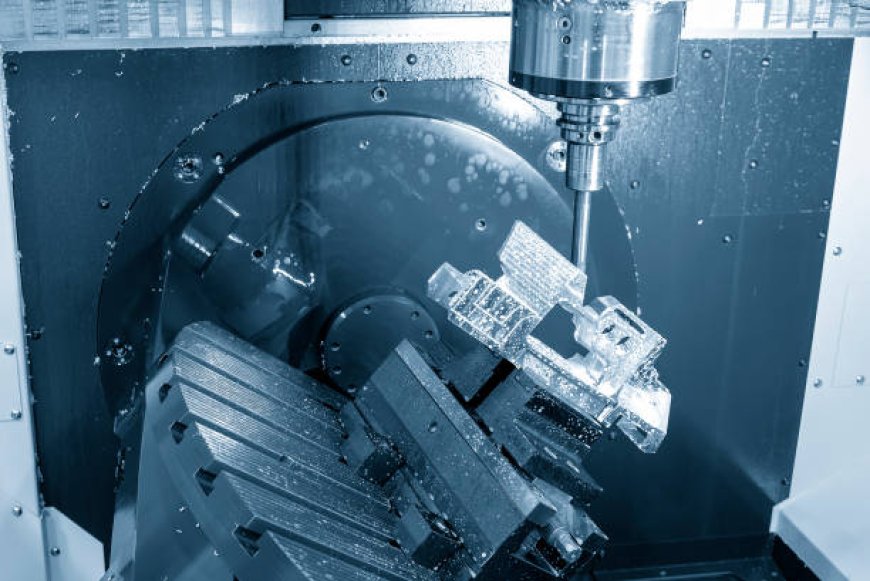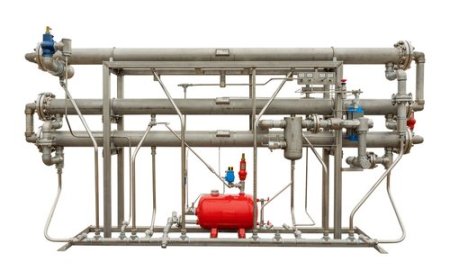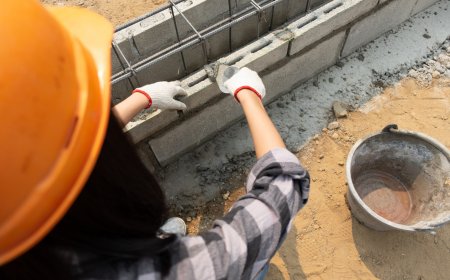Will Composite Manufacturing Solve Supply Chain Bottlenecks in Aerospace?
Discover how composite manufacturing is helping the aerospace industry tackle ongoing supply chain issues, from production delays to material shortages.

Will Composite Manufacturing Solve Supply Chain
Bottlenecks in Aerospace?
Introduction: A Persistent Aerospace Challenge
The aerospace industry has long faced challenges with production delays, part shortages, and rigid sourcing limitations. The pandemic only exposed the fragility of global supply chains further, leading manufacturers to explore alternative methods to boost reliability and reduce dependencies. One promising solution gaining traction is composite manufacturing a process that uses advanced materials to create lighter, stronger, and more efficient components.
But can this shift truly solve the supply chain bottlenecks that have plagued aerospace production for years? Lets break down the potential.
Understanding the Current Supply Chain Issues in Aerospace
Before exploring a solution, its important to understand the nature of the problem. Aerospace supply chains are among the most complex and globally distributed. From raw materials to precision-engineered parts, multiple tiers of suppliers are involved in producing even a single aircraft.
Key Bottlenecks Include:
-
Limited access to high-grade metals and specialty alloys
-
Long lead times for machined components
-
Delays in certification and quality testing
-
Reliance on overseas manufacturing hubs
These challenges can cause major slowdowns, especially when parts are delayed, or a single supplier fails to deliver on time.
What Makes Composite Manufacturing a Strong Alternative?
Composite manufacturing uses materials like carbon fiber, fiberglass, and resins to create components that are lighter yet structurally robust. These materials are especially well-suited for aerospace due to their strength-to-weight ratio, corrosion resistance, and design flexibility.
Benefits That Address Supply Chain Stress:
-
Local Production Potential: Composites can be manufactured closer to end-use locations, reducing reliance on international suppliers.
-
Fewer Part Requirements: Composite parts can be molded into complex shapes, minimizing the need for multiple subcomponents.
-
Faster Production Cycles: Once tooling is ready, composites allow for quicker part replication compared to traditional metal fabrication.
This approach significantly reduces the number of suppliers needed and shortens delivery timelines.
Reducing Dependency on Traditional Metals
Metals like titanium and aluminum are widely used in aerospace but are subject to price fluctuations, geopolitical tensions, and limited global suppliers. Composite materials offer an alternative that isnt as affected by these risks.
Composite Advantages Over Metals:
-
Lightweight without sacrificing structural integrity
-
Easier to design for complex geometries
-
Less affected by global mining or trade disruptions
By shifting even part of the manufacturing process to composites, companies can shield themselves from unpredictable metal markets.
Improving Sustainability and Cost Efficiency
Beyond logistics, aerospace companies are under pressure to reduce their environmental impact. Composite materials play a role here too, as lighter aircraft mean reduced fuel consumption and emissions.
How It Helps:
-
Lightweight components contribute to more fuel-efficient aircraft
-
Less waste during production compared to subtractive metal processes
-
Potential to recycle or reuse thermoplastic composite parts
As sustainability becomes a core requirement, not just a bonus, composite strategies align well with future-focused aerospace initiatives.
Streamlining Customization and Repair
Composite manufacturing allows for more flexible design and quick adaptation to new specifications. This is particularly useful when supply chain disruptions demand alternative solutions or part modifications.
Use Cases:
-
Custom-made interior panels
-
Lightweight drone frames for defense or cargo use
-
High-performance brackets and joints molded directly to shape
Faster prototyping and shorter setup times make composites ideal for adapting to change a key requirement in supply chain flexibility.
The Role of Digital Design and Automation
Composite processes benefit heavily from digital design tools, automated layup systems, and predictive modeling. These technologies reduce errors, accelerate timelines, and make scaling easier without sacrificing quality.
Technologies Enabling Growth:
-
Automated fiber placement (AFP)
-
Computer-aided simulation for stress testing
-
Digital twins for real-time production tracking
This level of control and data integration reduces unexpected delays and strengthens the entire manufacturing pipeline.
Challenges That Still Remain
While composite manufacturing offers many advantages, it isnt without limitations. Some parts still require traditional metals for heat resistance or conductivity. Additionally, initial tooling costs and certification hurdles can be high.
Current Limitations:
-
High upfront investment in molds and equipment
-
Certification timelines can delay implementation
-
Not all aerospace applications are ready for full composite replacement
However, ongoing advancements are closing these gaps, and many suppliers are integrating hybrid models that combine the best of both worlds.
Conclusion: A Strategic Shift Worth Making
The aerospace industry has been forced to rethink how it builds and delivers products. While no single solution can eliminate supply chain problems overnight, composite manufacturing presents a strong path forward. By offering faster production, lower material dependency, and design flexibility, it addresses many of the root issues causing delays today.
For this transformation to succeed at scale, collaboration across disciplines is essential. Advanced tooling engineering must support composite designs with precision and consistency to ensure quality doesnt fall behind. As technology advances, expect to see more aerospace leaders invest in composites not just for innovation, but for resilience.
















































